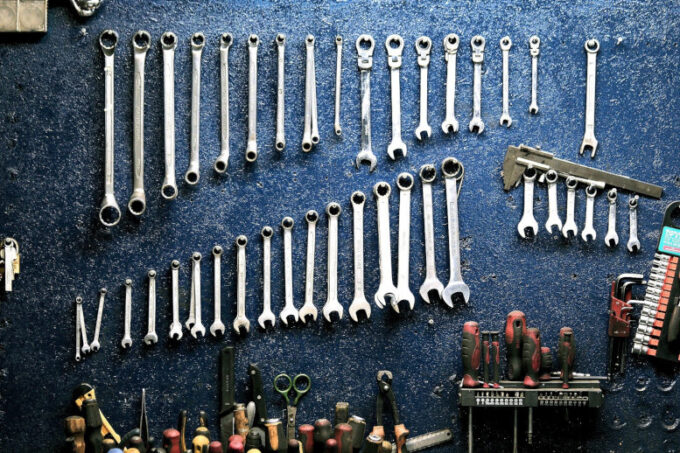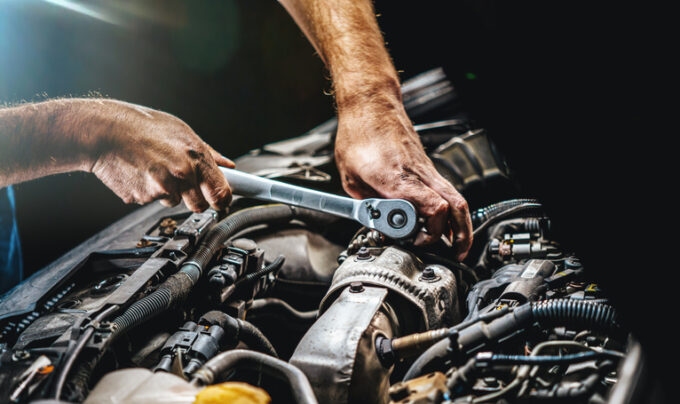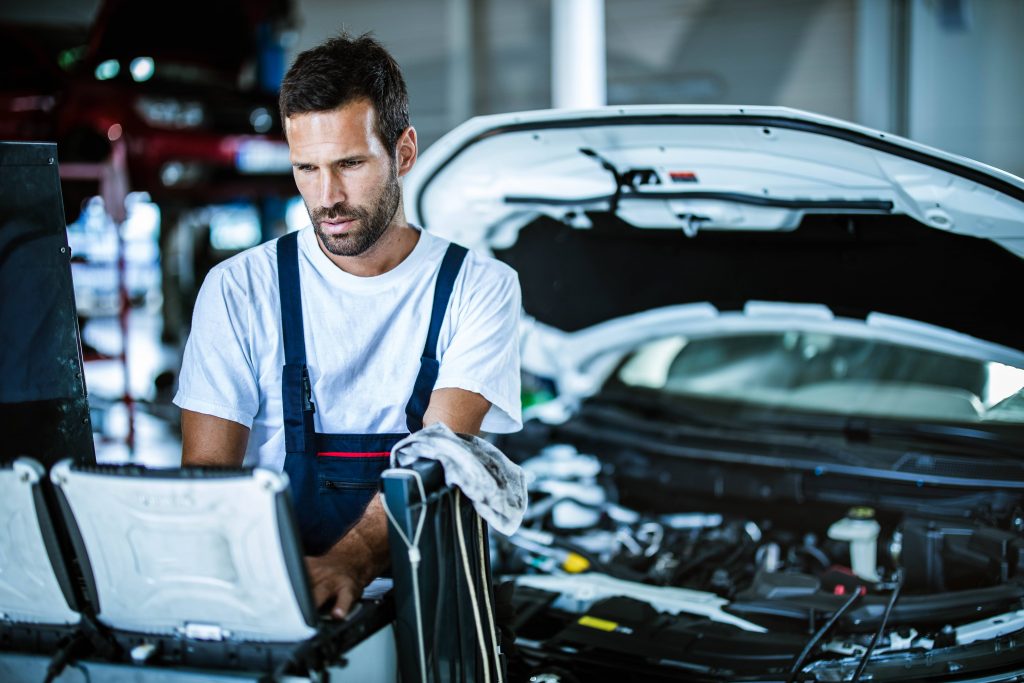If you look around your community, chances are you won’t have to look far before you see an auto repair shop. But how can those shops stand out from the crowd and expand their business? We will provide all the tips and tricks for growing your auto repair business. So let’s get started!
Investing in the Right Tools and Equipment
To provide excellent customer service and to perform repairs on a wide variety of vehicles, a mechanic must have access to the right tools and equipment. Whether you are just setting up your auto repair shop or ready to invest in higher-quality tools, here are some essential items that will help you get the job done properly.
- The Basic Toolbox
Every good mechanic needs a few basic hand tools like wrenches, screwdrivers, pliers, and ratchets for loosening and tightening bolts. You should also include socket sets in both metric and standard sizes with extensions. Keep a few additional items handy such as a flare nut wrench, breaker bar, creeper seat as well as an adjustable wrench set.
Keep all of these tools safe and easy to hand in a well organized and high quality tool box.
- Diagnostics Equipment
Having access to diagnostic equipment is beneficial if you want to quickly determine what might be wrong with a car before starting work on it. It can also save you time by allowing you to pinpoint what components need replacing or fixing instead of having to guess. Investing in digital scanners can be expensive but well worth it for improved efficiency at your shop – especially when teamed with sophisticated diagnostic software that recommends which components will likely be needed for repair.
- Air Tools
For many auto repairs and maintenance jobs, an air tool is the preferred option since they are more powerful than battery-operated ones and therefore often most suitable for those tougher jobs around suspension parts or brakes on cars that have more intricate systems than older models used to. A good quality pneumatic wrench should be included in any tool kit since they help make even tough jobs much more manageable while increasing accuracy with whatever repair job you’re working on. Don’t forget other important air tools such as sanders, grinders, impact wrenches as well as oilers for lubricating different machine parts where necessary.

- Specialty Tools
In addition to general hand tools and pneumatic ones that all mechanics need at their disposal – especially when dealing with different make and models from various manufacturers – it may also prove useful to invest in some specialty items depending upon what kind of mechanical tasks you take on most often at your shop. At a minimum, these should include an engine hoist/lift, fender covers/wheel protectors along with a few specialized socket sets designed specifically for certain types of vehicles (import or domestic). For best results always opt for top-quality specialty tools made from durable materials -they will last longer over time which means less money spent replacing them due to wear-and-tear damage down the line.
Establishing a Clear Business Plan
No matter the size of your auto repair shop, you need a clear business plan that establishes your goals and outlines the steps you need to take to reach them.
Structuring this plan starts by asking yourself several important questions to determine what services you’re going to offer, who your target market is, and how you’ll differentiate yourself from competitors.
The answers to these questions should build a foundation for additional considerations such as pricing strategies, the type of personnel you will hire, the equipment and tools needed, appropriate option packages for customers, advertising campaigns, and more.
Once you have clarity on all of these areas, it’s time to start forming agreements about daily operations and expectations for customers as well as employees.
To get started making a business plan for your auto repair shop that meets or exceeds industry standards or franchise requirements (if applicable), some basic resources can help guide a map toward success:

- Research other successful auto repair shops in your area that may or may not be direct competitors
- Find out what products each business offers along with their prices
- Determine how each shop is marketed through traditional advertising methods but also digital channels such as their website, social media accounts, etc.
- Understand their customer service policies
- Look at key metrics related to growth including net income and customer retention rates
Knowing your competition is essential in establishing a clear business plan that outlines everything necessary for success. With thorough research of local businesses plus an honest analysis of what works best for you while still meeting legal requirements (depending on where you are located), it’s possible to create an effective strategy that will attract customers while remaining competitive in the region.
Utilizing Automation to Increase Efficiency
As the auto repair industry continues to evolve, businesses need to keep up with the competition and explore ways to utilize automation and technology. Automation can help increase efficiency without sacrificing quality or customer satisfaction.
There are several ways that auto repair businesses can use automation to improve their operations.
First, automated billing systems can streamline how companies interact with customers – this process ensures that businesses charge the correct fees, collect payments quickly, encourage repeat customers and free up staff time while delivering an improved customer experience.

Additionally, in-depth analytics tools help owners analyze data to gauge performance levels, optimize costs and identify areas of improvement.
By incorporating automated processes into an auto repair business, owners have multiple opportunities for growth without sacrificing quality or customer service. Automation helps reduce cost-of-labor expenses while maintaining excellent customer satisfaction levels – it is an essential tool for long-term success in the industry.
Conclusion
In conclusion, staying up-to-date requires that your shop invests in the latest technology and tools needed to complete any given job effectively and safely while also delivering quality results – often at competitive prices – while staying within regulatory requirements.
Failure to do so can lead to significant financial losses over time as a result of costly work stoppages resulting from improper tooling or a lack of technical expertise.
By following industry trends and regulations closely, you can better position your auto repair business for success now – and in the future – helping you secure your spot in the competitive landscape while relying on trusted insights that are reflective of customer preferences.










